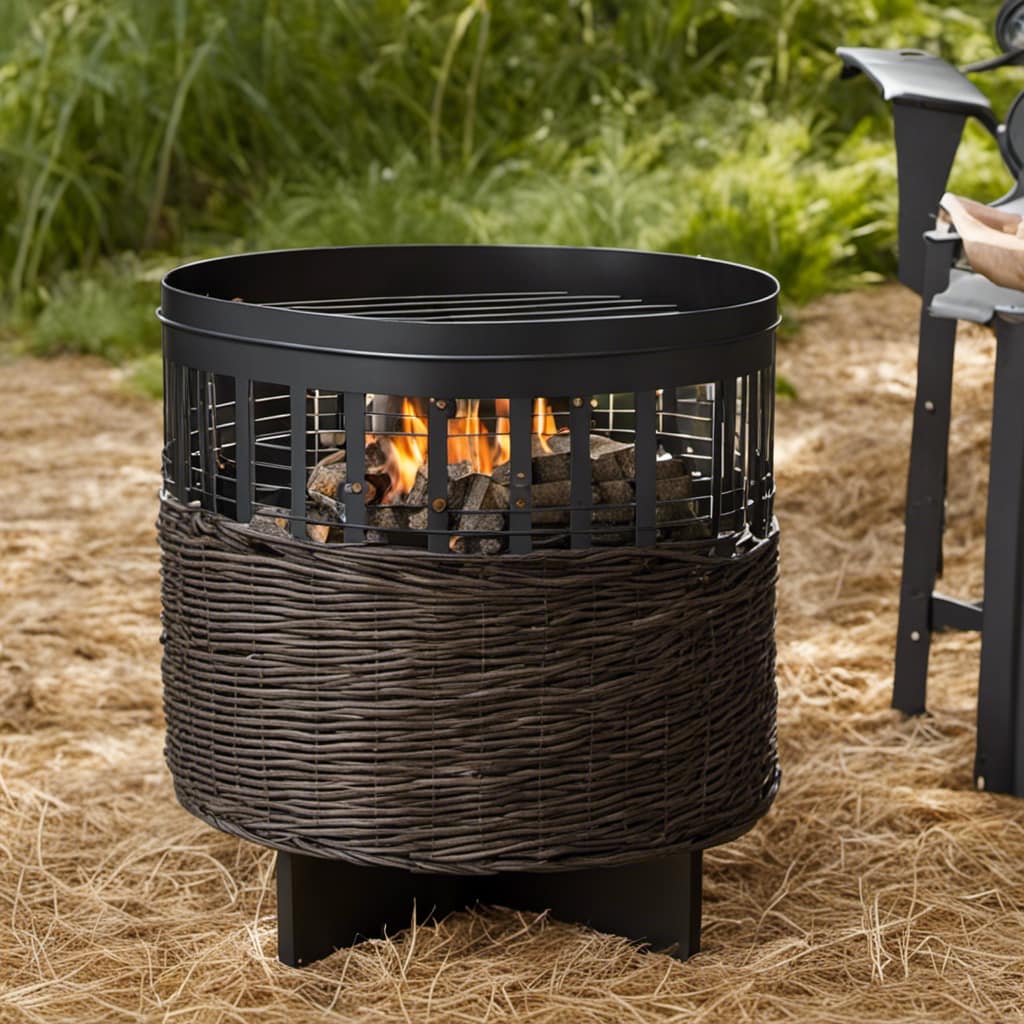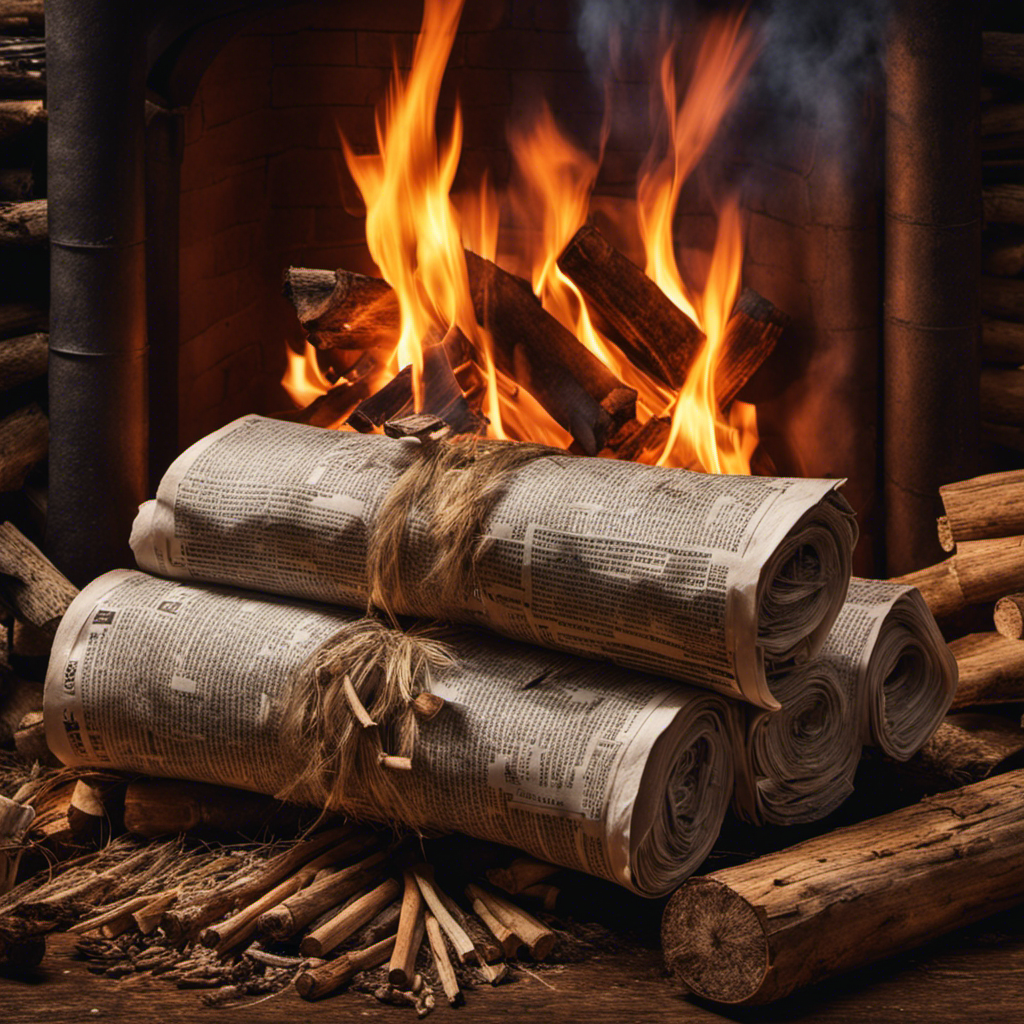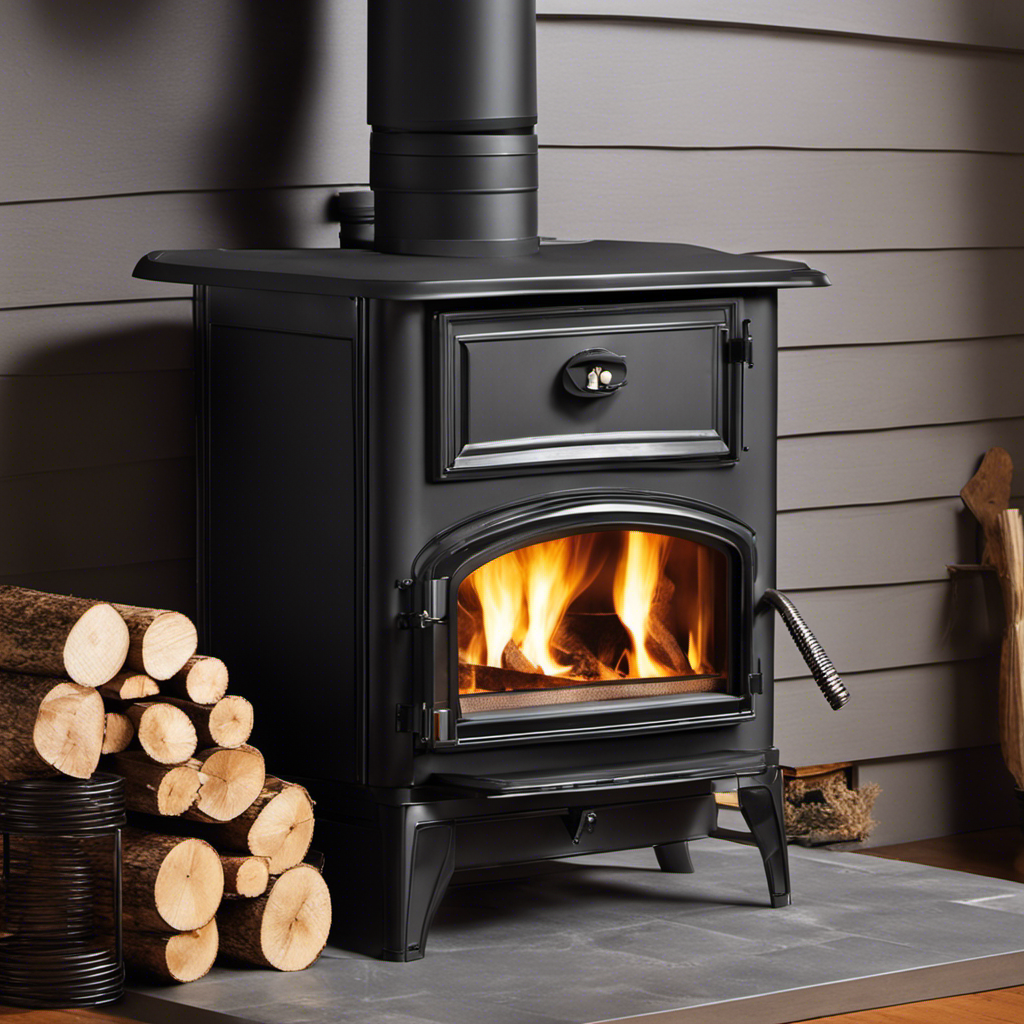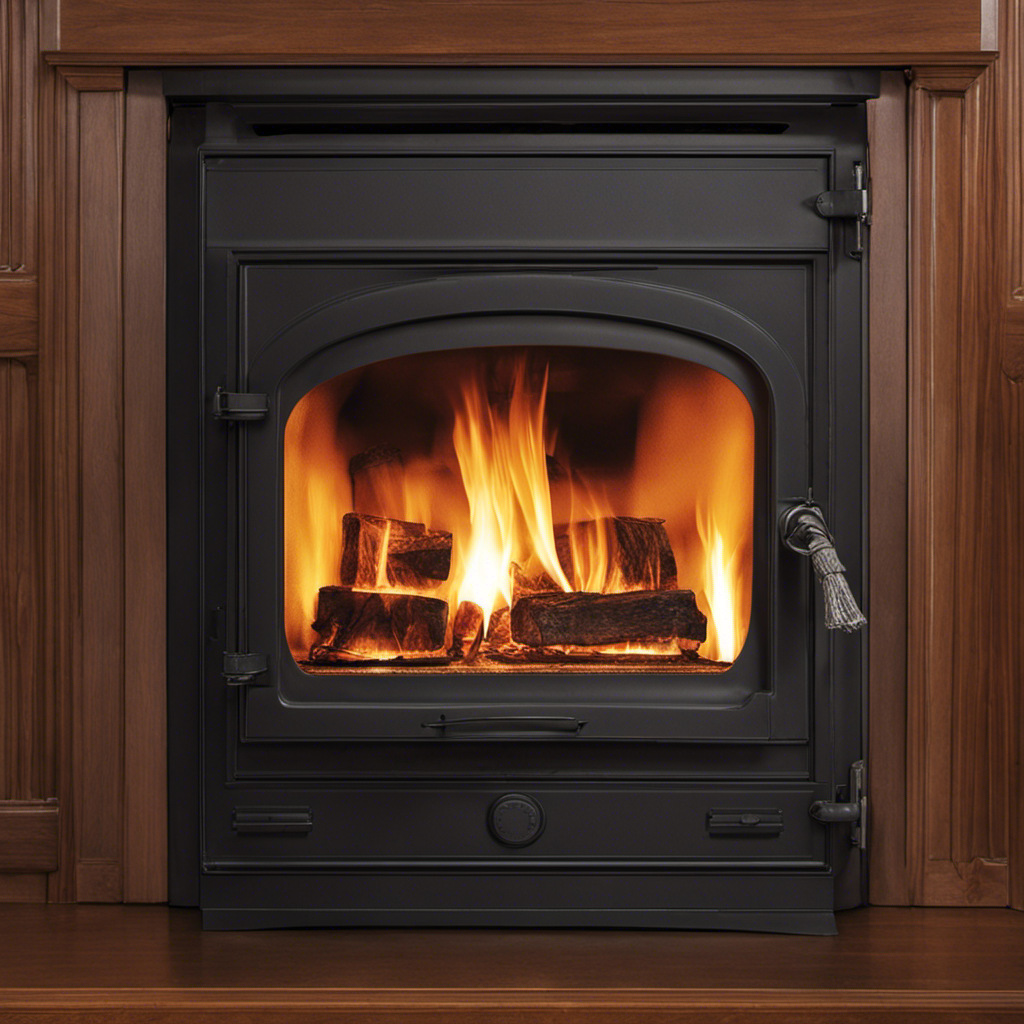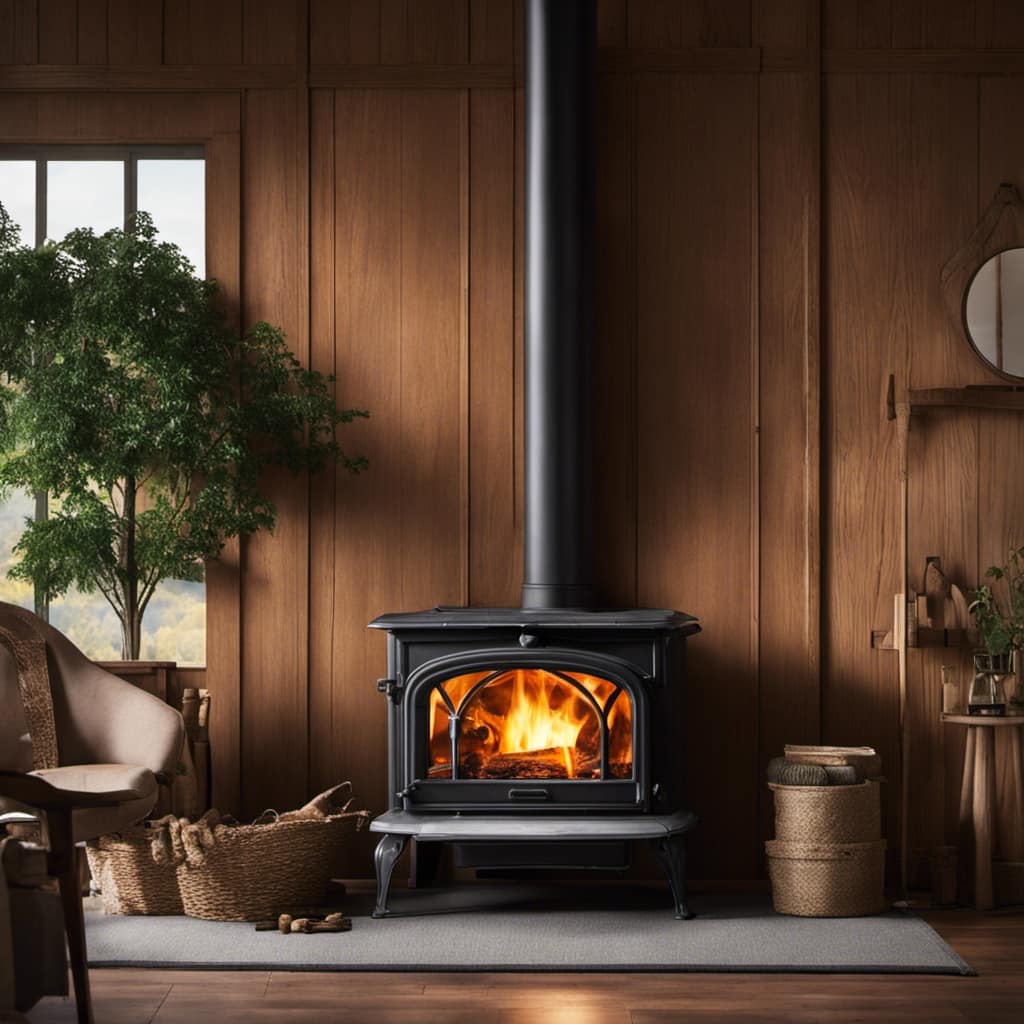
As a passionate lover of fireplaces, I often ponder: which is better, a traditional fireplace or a pellet/wood stove? Get ready, because we are about to delve into the ultimate discussion on this topic.
In this article, we’ll explore the efficiency, cost, environmental impact, aesthetics, and safety of both options.
So whether you’re seeking warmth or trying to enhance your home’s design, join me on this journey as we uncover the truth about these heating powerhouses.
Key Takeaways
- Pellet/wood stoves have better heating performance and efficiency compared to fireplaces.
- Pellet/wood stoves can provide significant cost savings on heating bills.
- Pellet/wood stoves are more environmentally friendly and have a lower carbon footprint compared to fireplaces.
- Fireplaces add a charming and cozy atmosphere to a home.
Efficiency and Heating Performance
In my experience, a pellet/wood stove provides better heating performance and efficiency compared to a fireplace.

When it comes to energy consumption, a pellet/wood stove is more efficient because it utilizes a controlled combustion process. This means that the fuel, whether it’s pellets or wood, is burned at a higher temperature, resulting in more heat being produced for the same amount of fuel.
Additionally, pellet/wood stoves have a better heat distribution system. They use blowers to push the warm air into the room, ensuring that the entire space is evenly heated. Fireplaces, on the other hand, rely on radiant heat, which tends to stay close to the source and doesn’t distribute as efficiently.
Overall, a pellet/wood stove provides better efficiency and heat distribution, making it a superior choice for heating your home.
Cost and Maintenance Considerations
As someone who’s considering cost and maintenance, I find it important to weigh the financial implications and upkeep required for both options. When it comes to cost effectiveness, a pellet/wood stove may initially seem more expensive due to the purchase and installation costs. However, in the long run, it can be a more affordable option due to its energy efficiency. The maintenance of a fireplace can also be more time-consuming and costly compared to a stove. Here are some key points to consider:
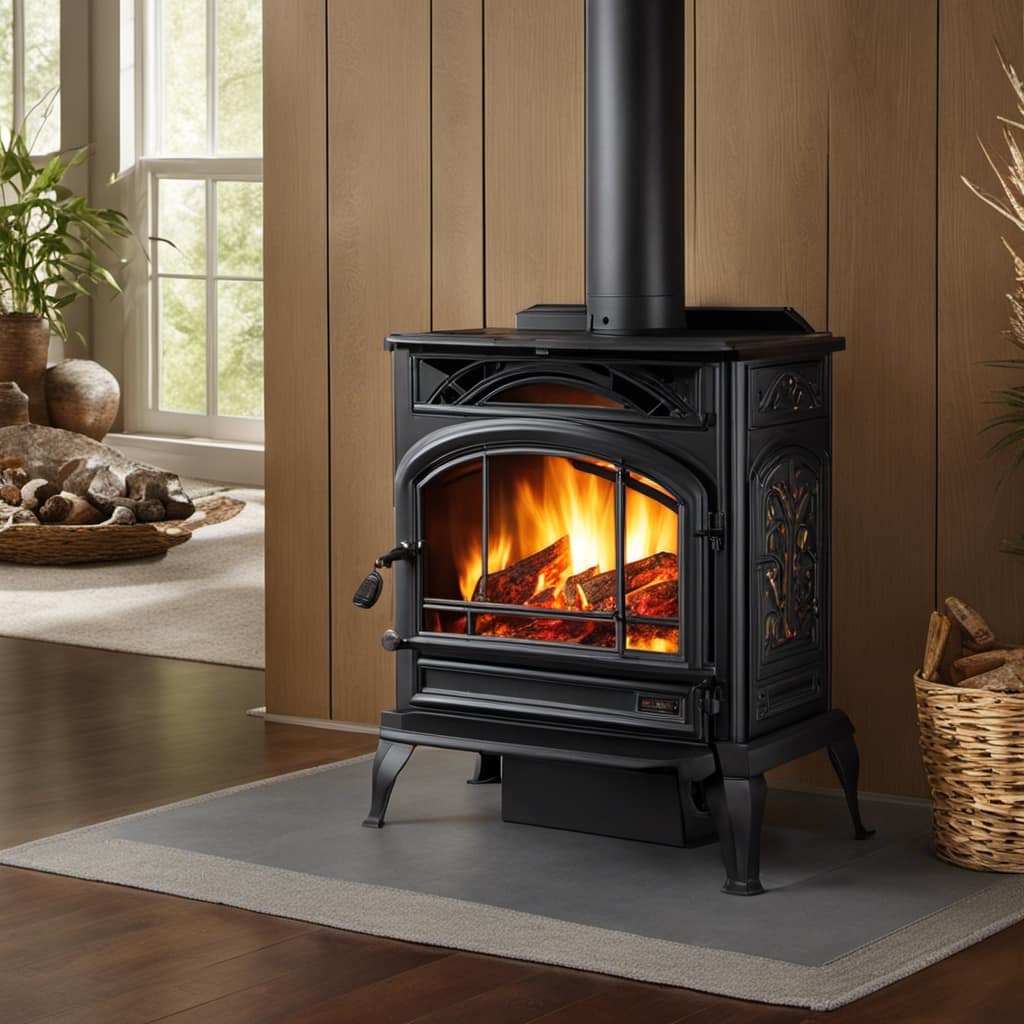
- Pellet/wood stoves can provide significant cost savings on heating bills.
- These stoves are highly energy efficient, resulting in less wasted heat.
- Regular maintenance is essential for optimal performance and safety.
- Fireplaces require frequent chimney cleaning and inspection.
- Upkeep costs for a stove are generally lower compared to a fireplace.
Considering both cost effectiveness and energy efficiency, a pellet/wood stove appears to be the more practical choice.
Environmental Impact and Sustainability
I believe it’s important to consider the environmental impact and sustainability of both options when deciding between a fireplace and a pellet/wood stove.
The carbon footprint is a key factor to consider. Fireplaces usually emit more carbon dioxide and other pollutants into the atmosphere compared to pellet/wood stoves. This is because fireplaces burn traditional wood logs, which release more smoke and airborne particles.
On the other hand, pellet/wood stoves use renewable energy sources, such as compressed wood pellets or wood logs, which are more efficient and produce fewer emissions. Additionally, pellet/wood stoves can be fueled by sustainably sourced wood, reducing the impact on forests.
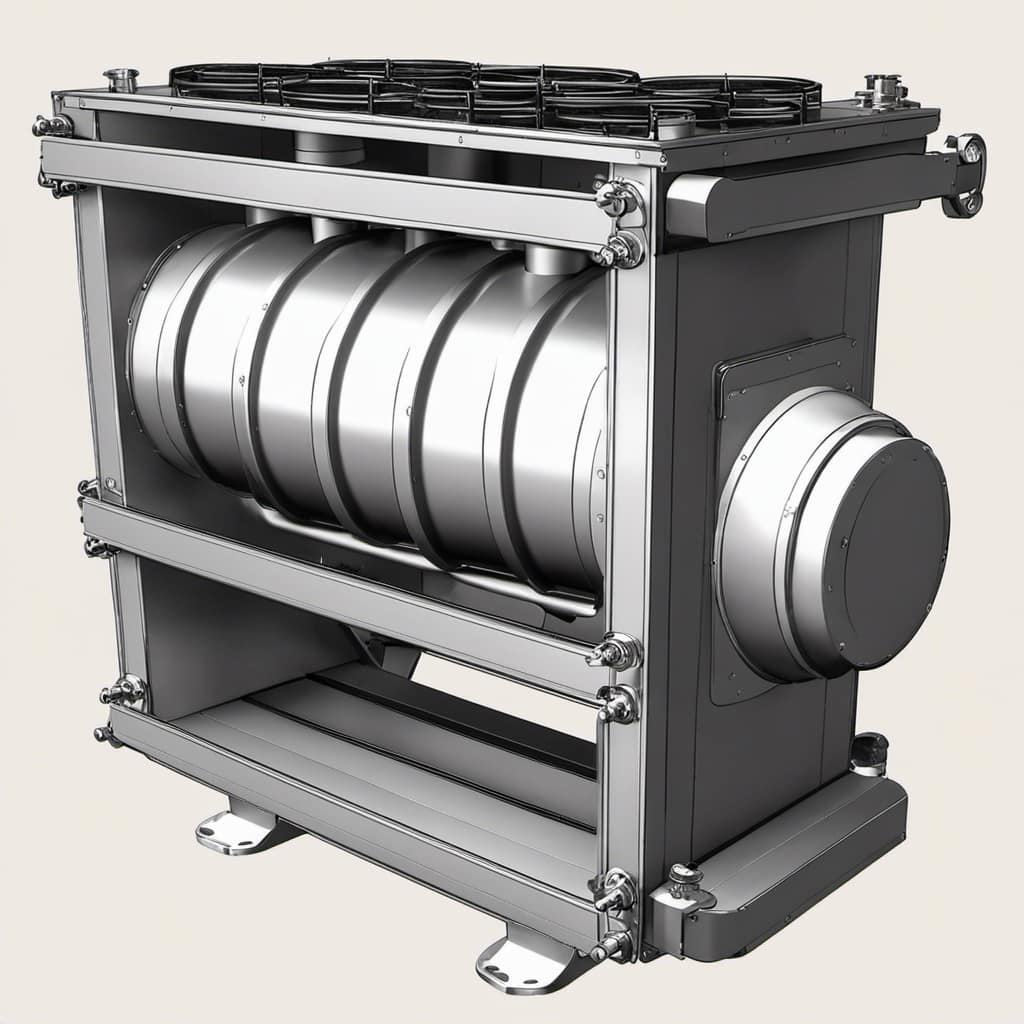
Considering the carbon footprint and the use of renewable energy sources, pellet/wood stoves are a more environmentally friendly option compared to fireplaces.
Aesthetics and Home Design
The design and overall look of a fireplace can add a charming and cozy atmosphere to a home. It becomes a focal point that enhances the interior decor and visual appeal of any room. Here are some reasons why fireplaces are loved for their aesthetics:
- The dancing flames create a warm and inviting ambiance.
- The crackling sound of the fire brings a sense of relaxation and comfort.
- The flickering light adds a romantic and intimate touch.
- The mantel can be decorated with personal items, adding a personal touch to the space.
- The variety of fireplace designs allows for customization to match any home style.
In addition to the visual appeal, it’s important to ensure that fireplaces meet safety and regulatory compliance standards.
Safety and Regulatory Compliance
To ensure the safety and compliance of my fireplace, I always schedule regular inspections and cleanings. Safety is a top priority when it comes to using a fireplace or wood stove in my home.
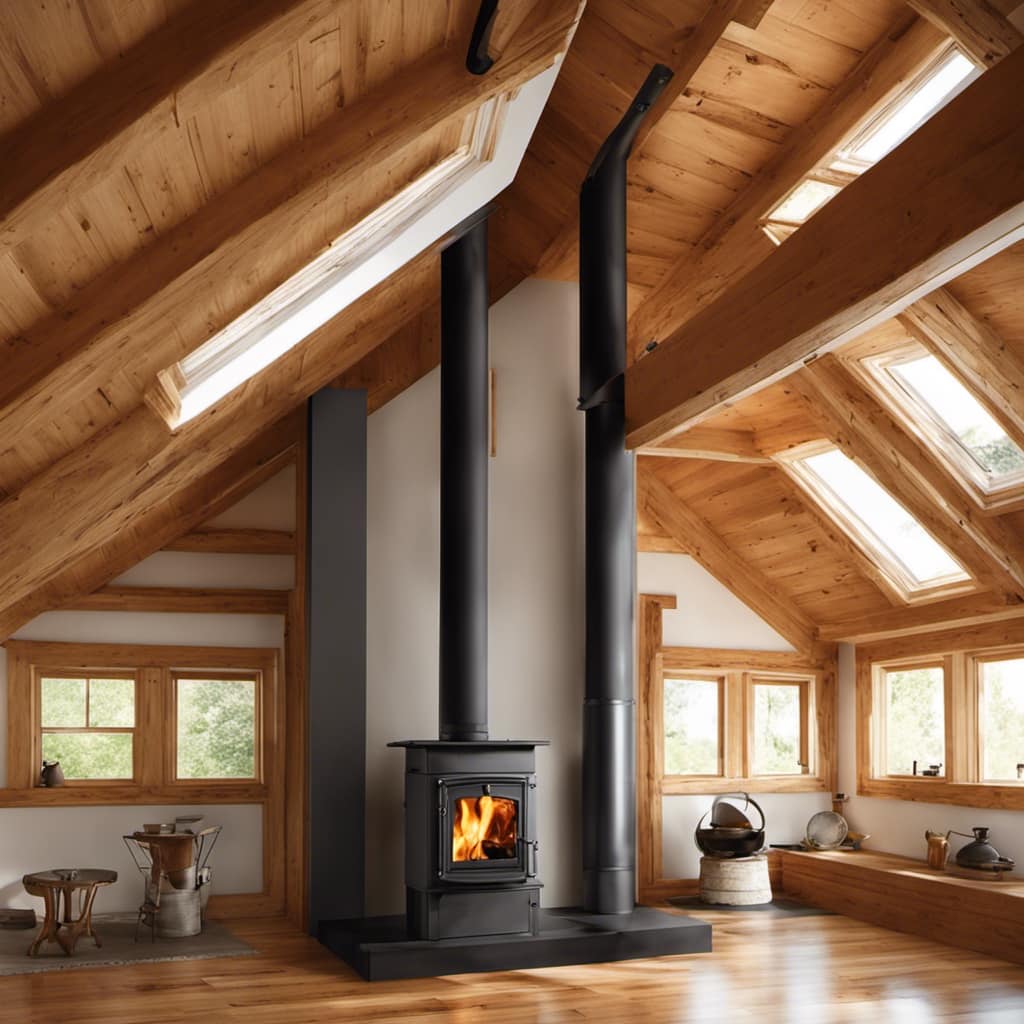
Before installing a fireplace, it’s important to conduct a thorough risk assessment to identify any potential hazards and ensure that it meets all relevant building codes. Building codes provide guidelines for the proper installation and maintenance of fireplaces and wood stoves, ensuring that they’re structurally sound and meet safety standards.
Regular inspections and cleanings help to identify and address any issues, such as creosote buildup or damaged components, that could pose a risk. By following these guidelines and taking the necessary precautions, I can enjoy the warmth and ambiance of my fireplace with peace of mind.
Frequently Asked Questions
Can a Fireplace or Pellet/Wood Stove Be Used as the Primary Source of Heating in a Home?
Yes, a fireplace or pellet/wood stove can be used as the primary source of heating in a home. When comparing efficiency, pellet/wood stoves are generally more efficient. In terms of environmental impact, pellet/wood stoves are also considered cleaner.
What Is the Average Lifespan of a Fireplace or Pellet/Wood Stove?
The average lifespan of a fireplace or pellet/wood stove varies depending on maintenance. Regular cleaning and inspections can extend their lifespan. It’s important to consider maintenance requirements when deciding which option is better for your needs.

Are There Any Government Rebates or Incentives Available for Installing a Fireplace or Pellet/Wood Stove?
Government rebates and incentives are available for installing energy-efficient fireplaces and stoves. These programs aim to encourage the use of cleaner and more sustainable heating options. It’s important to research and take advantage of these opportunities when considering a fireplace or stove.
Can a Fireplace or Pellet/Wood Stove Be Used During a Power Outage?
During a power outage, fireplaces and pellet/wood stoves can be excellent heating alternatives. However, it’s crucial to take safety precautions. Always keep a fire extinguisher nearby and ensure proper ventilation to prevent carbon monoxide buildup.
How Often Should a Chimney or Flue Be Inspected and Cleaned When Using a Fireplace or Pellet/Wood Stove?
When using a fireplace or pellet/wood stove, it is important to prioritize chimney maintenance. Regular inspections and cleanings ensure safety and prevent potential hazards. Take necessary safety precautions to keep your chimney in optimal condition.
Conclusion
In conclusion, both fireplaces and pellet/wood stoves have their pros and cons.
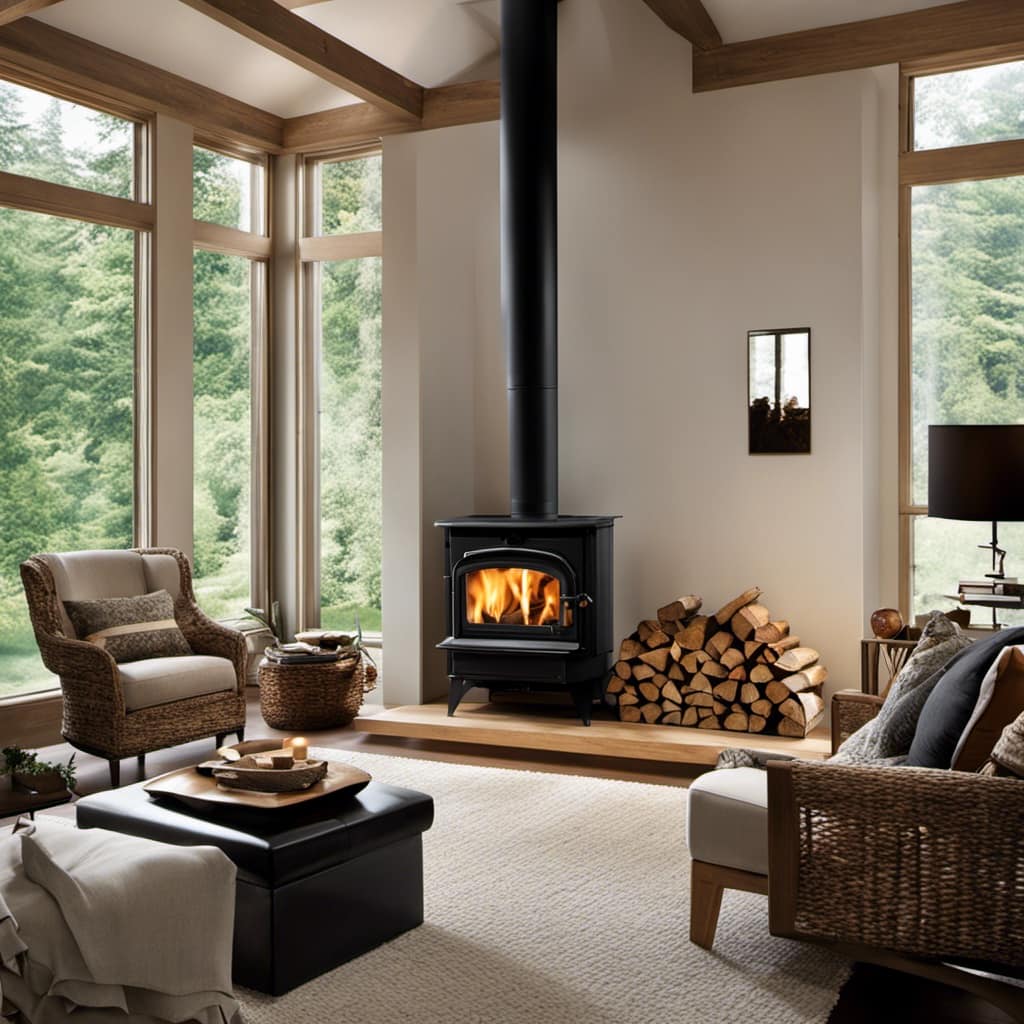
When it comes to efficiency and heating performance, pellet/wood stoves often have the upper hand.
However, fireplaces bring a certain charm and aesthetic appeal to any home.
Cost, maintenance, environmental impact, and safety should also be considered when making a decision.
As the saying goes, ‘Different strokes for different folks.’

Ultimately, it depends on personal preferences and priorities when deciding between a fireplace or a pellet/wood stove.
Growing up surrounded by the vast beauty of nature, Sierra was always drawn to the call of the wild. While others sought the comfort of the familiar, she ventured out, embracing the unpredictable and finding stories in the heartbeat of nature.
At the epicenter of every remarkable venture lies a dynamic team—a fusion of diverse talents, visions, and passions. The essence of Best Small Wood Stoves is crafted and refined by such a trio: Sierra, Logan, and Terra. Their collective expertise has transformed the platform into a leading authority on small wood stoves, radiating warmth and knowledge in equal measure.


